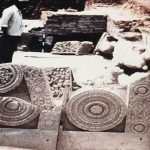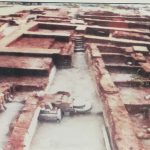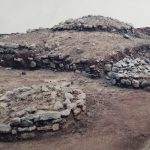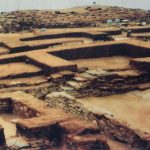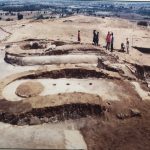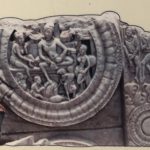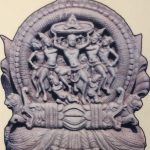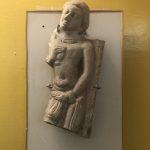Location
The Phanigiri village lies on the left bank of Aleru – a tributary of river Musi. The site is about 35 kms from Suryapet, in the Nalgonda district.
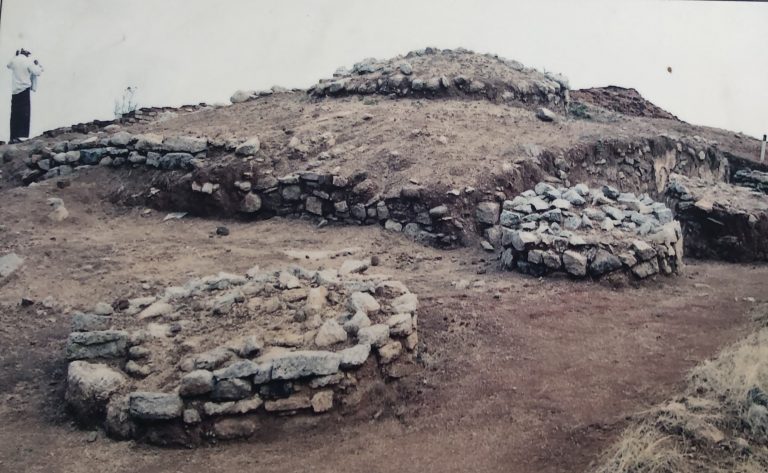
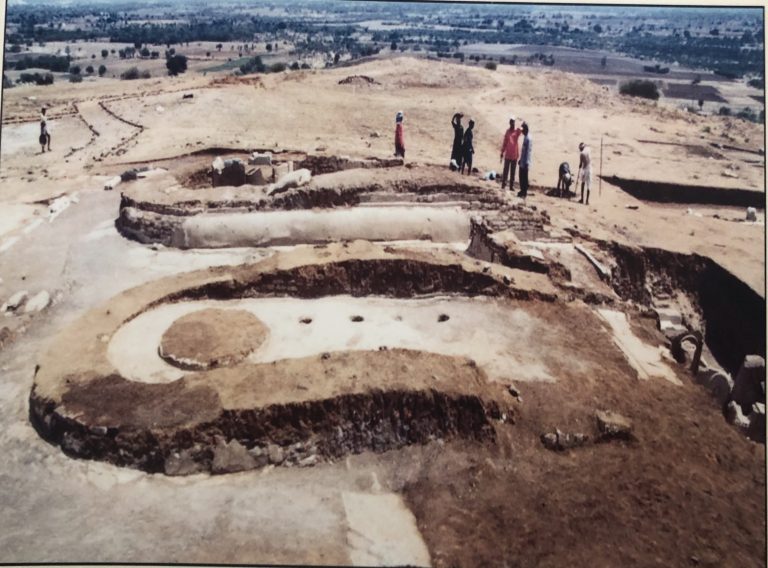
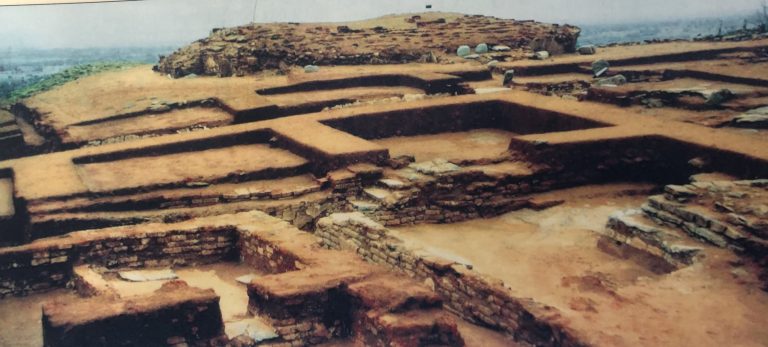
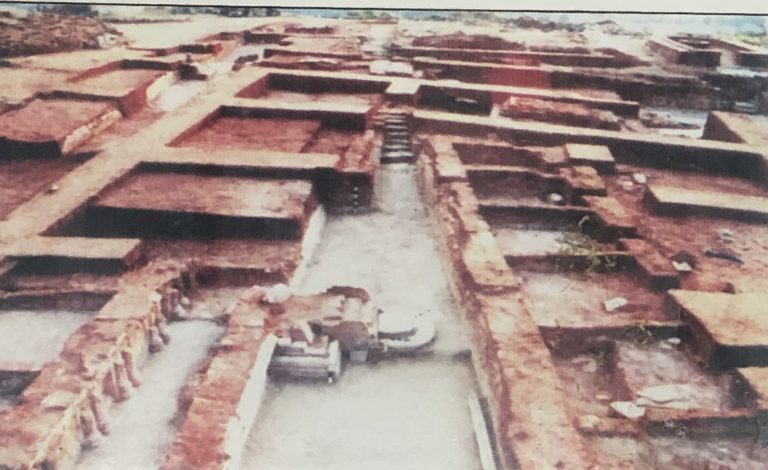
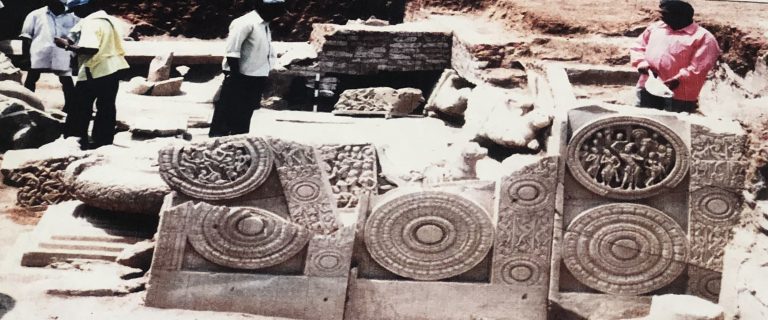
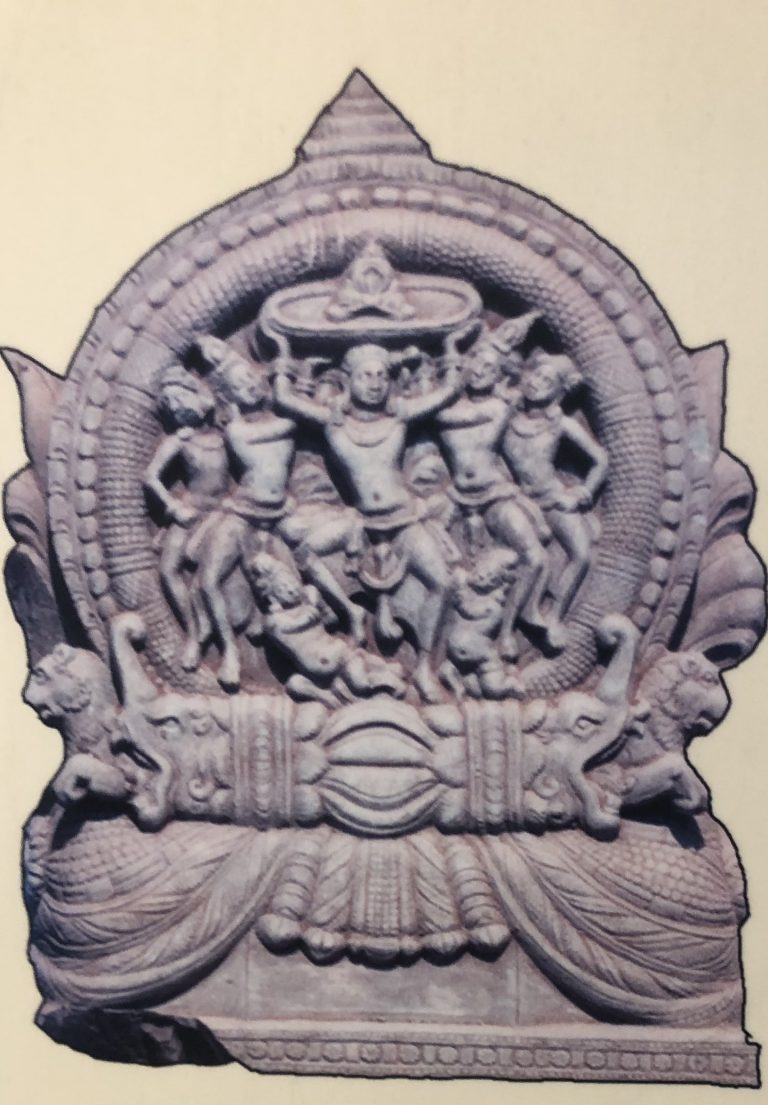
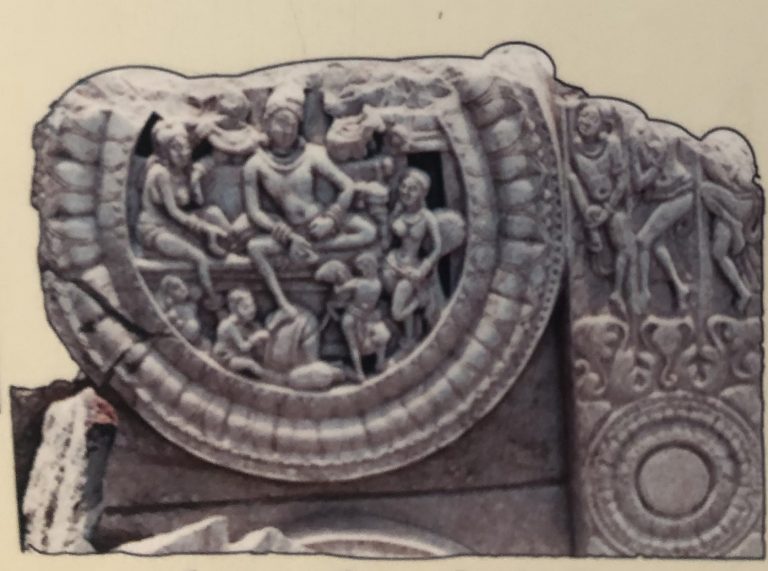
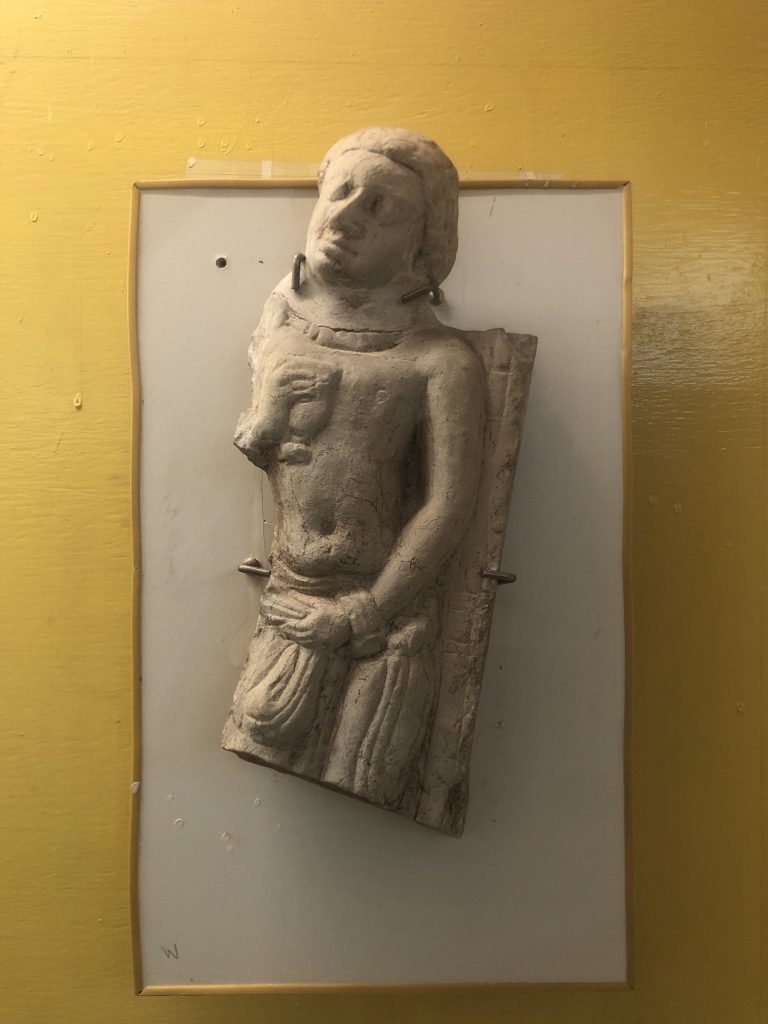
Description
The village Phanigiri seems to have derived its name from the shape of hillock located on the northern side of the village, which looks like a snake hood. (Sanskrit: Phani – snake, Giri – hillock.) Previously the village used to be known as Dharmachakrapuram.
This site yielded panels carved with Jataka Stories, as seen in similar sites at Amaravati, Nagarjuna konda and Goli.
Preliminary excavations were conducted in the year 1941 by Khaja Mohammad Ahmad. After nearly 6 decades, excavations restarted in the year 2001 and brought to light a Mahastupa, which may be considered as Paribhogika stupa (containing the personal belongings of Buddhist monks). Among the other structures found were apsidal Chaityagrihas, Votive Stupas, Pillared Congregation halls, Viharas, platforms with staircases and sculpted panels with Brahmi label inscriptions of the Satavahanas. Archaeologists found out two large footprints which are believed to be of Gautama Buddha’s .
The coins found at the site include silver punched marked, Roman, Kshastrapa, Mahatalavara, Satavahana and Ikshavaku coins, which suggest that the site dates back to the 1st Century B.C to 3rd Century A.D.
Another Buddhist site locally known as Gajulabanda, situated on the left bank of the river Aleru near Etoor village, is 3 kms away from Phanigiri on north-west. Trial excavations (A. R., A&M, Hyderabad,1978-79) here, unearthed a monastary comprised of Mahastupa, Vihara, votive stupas platforms and early historic materials. The Mahastupa (9.60 mts dia) is located on the north-western part of the hillock with ayaka platforms (1.10 x 1.75 mts) on four cardinal directions. A broken pillar-base and a square brick platform (1.65 x 1.40 mts) were also brought to light on north-west corner of thestupa. A broken pillar (1.00 mts height) with half lotus medallion intercepted by octagonal shaft is an interesting architectural member found on south-western side of the stupa. A vihara (14.30 x 7.85 mts) with a common verandah was exposed on the south-eastern side of the monastic complex. Broken upright limestone pillar stumps set in brick masonry and tiles in and around suggests that the vihara had a tiled roof supported by stone pillars and wooden rafters. Associated with the brick structures were reported a broken stone plaque depicted with srivasta, sankha and stupa, a fine sharp copper hook, stucco pieces of lotus flowers of different shapes and sizes, decorative potsherds of various designs such as stamped, linear and etched types, along with Satavahana coins datable to 1 st – 2nd Century A.D.
Existing Condition
The excavated artefacts of the site are located at the Centenary Heritage Museum, Hyderabad.
References
1. Centenary Heritage Museum, Hyderabad, maintained by the Department of Heritage, Telangana.
2. https://en.wikipedia.org/wiki/Phanigiri
3. https://www.thehindu.com/news/cities/Hyderabad/rare-stucco-statue-put-on-show-at-museum/article26985559.ece
Archive
Contributors
NIUM

